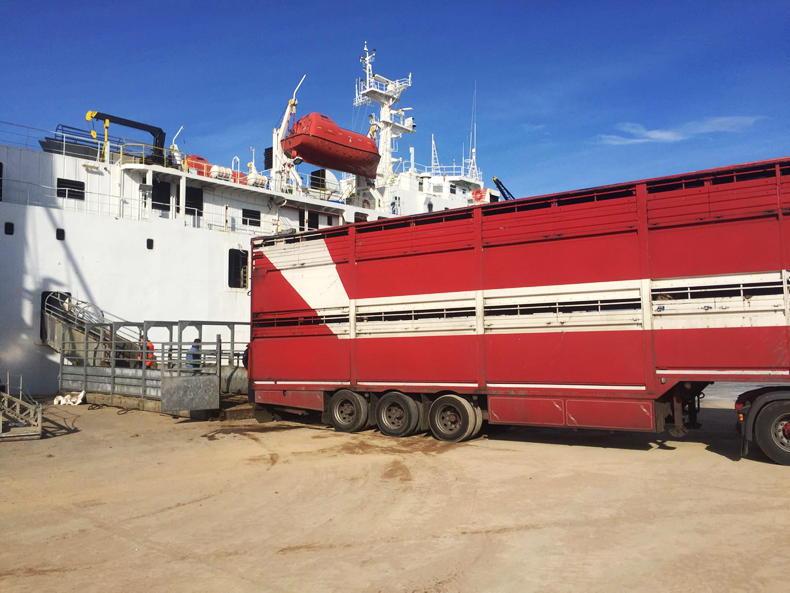Northern Ireland has been the standout performer in relation to live exports in 2020, with 46,295 live cattle exported there as of 26 September 2020.
This compares to just 23,429 exported during the same period in 2019, an increase of 22,866 head.
Supply and demand issues in Northern Ireland and the UK, along with better prices, meant that Northern Ireland cattle were needed to fill supermarket contracts and cattle from the Republic of Ireland were sourced to fill foodservice contracts across the border.
Turning to the EU continental live export market it’s a different story, with exports down 27.4% or 58,935 less cattle exported in 2020 compared to 2019.
The main movers here have been the Netherlands where exports of dairy calves are down 34,474 head in 2020 and Spain also down 7,910 head. France is down 4,265 head in 2020 from 7,337 head in 2019 representing a 58% fall in exports.
Speaking to the Irish Farmers Journal, Bord Bia’s Joe Burke commented: “The EU veal industry was significantly impacted by the disruption to the EU foodservice sector as a result of COVID-19”.
Italy is also down 8,197 head (30% fall on 2019 figures), again an important market for top-end weanlings.
Non-EU country live exports, Libya and Turkey, overall are up 9.7% from 13,424 head in 2019 to 14,728 head in 2020 up 1,304 head. Total live exports to non-EU countries are down 34,200 head from 256,656 in 2019 to 222,456 in 2020.
Increased exports of store and finished cattle should help the beef trade in the short- to medium-term but a falloff in the numbers of calves and weanlings being exported will likely increase numbers for the 2022 kill.






 This is a subscriber-only article
This is a subscriber-only article











SHARING OPTIONS: